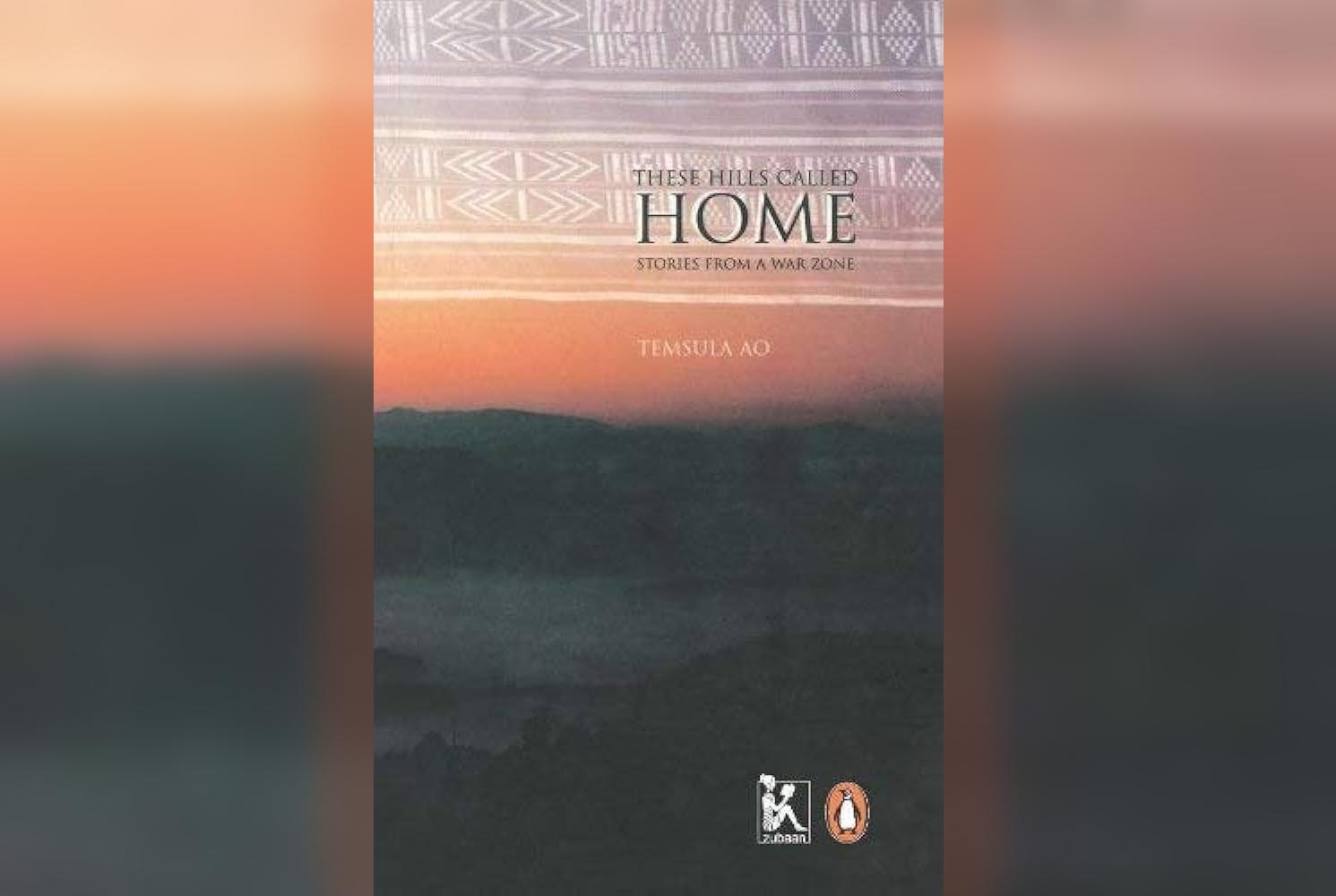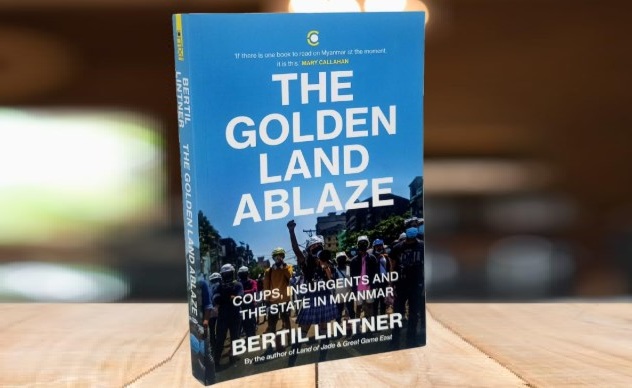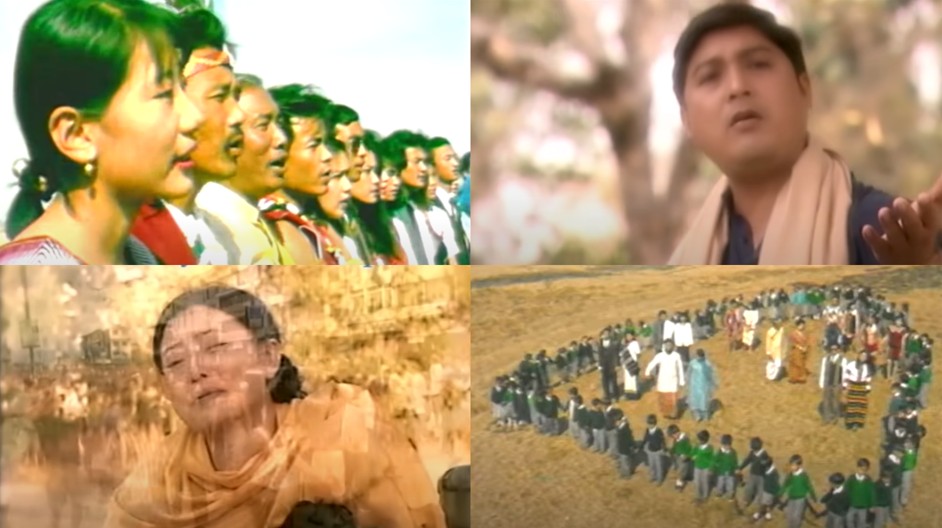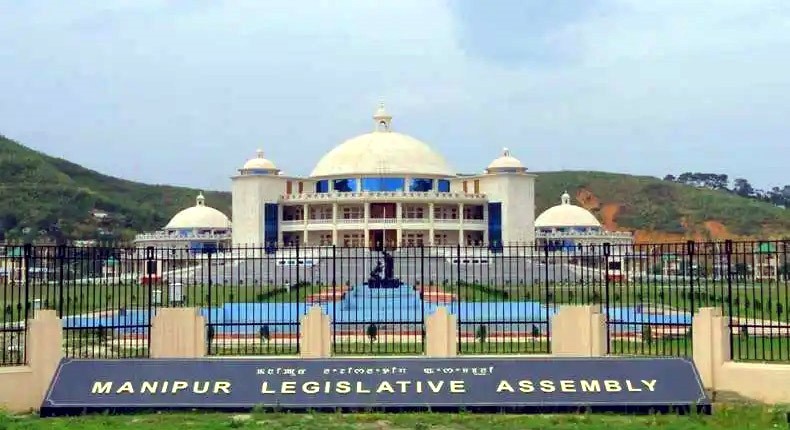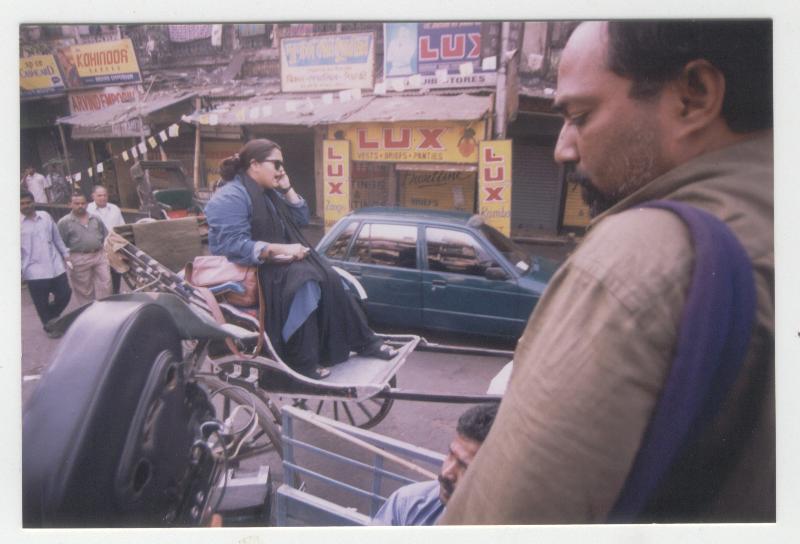Book: These Hills Called Home – Stories From A War Zone
Author: Temsula Ao
Pubisher: Penguine India
Temsula Ao was is Ao Naga writer who was born in 1945. Temsula Ao was also an educator and a government official as well. She was born in Jorhat, Assam. She was a poet, short-story writer and an ethnographer who wrote in English. Ao was awarded the Padma Shri in 2007 and the Nagaland Governor’s Award for Distinction in Literature in 2009. Ao’s book ‘Laburnum for My Head’ won her the Sahitya Akademi Award in 2013 and she also received the Kusumagraj National Literary Award (for poetry) in 2015. Temsula Ao was an English professor at the North Eastern Hill University which she first joined in 1975. Ao has also served as director of the North East Zone Cultural Centre, Nagaland between 1992 and 1997 on deputation from NEHU. Ao was also appointed chairperson of the Nagaland State Commission for Women (NSCW) in 2012 and served two terms until 2019.
Temsula Ao’s poetic works:
- Songs That Tell (1988)
- Songs That Try To Say (1992)
- Songs of Many Moods (1995)
- Songs From Here and There (2003)
- Songs From The Other Life (2007)
- Book Of Songs: Collected Poems 1998-2007 (2013)
- Songs Along The Way Home (2019)
Temsula Ao’s short story collections:
- These Hills Called Home: Stories From The War Zone (Zubaan, 2005)
- Laburnum For My Head (Penguin India, 2009)
- The Tombstone In My Garden: Stories From Nagaland (The Speaking Tiger Books, 2022)
Temsula Ao’s memoir:
- Once Upon A Life: Burnt Curry and Bloody Rags (2014)
Temsula Ao’s ethnography works:
While Ao Temsula Ao was at the University of Minnesota as a Fullbright fellow, she met some native Americans. That’s when she had the opportunity to learn about their culture heritage and especially their oral tradition. This encounter inspired Ao to research and record the oral tradition of her own community-the Ao Naga community. Ao worked on recording her community’s oral tradition for twelve years and she collected the myths, folk-tales, folklore, rituals, law, custom, belief system and the recorded ethnographic work by Ao was published in 1999 called ‘The Ao Naga Oral Tradition’ by Bhasha publications, Baroda, India. Ao’s works have been translated into German, French, Assamese, Bengali, Kannada and Hindi.
The book review today will be on Temsula Ao’s initial short story collection called ‘These Hills Called Home-Stories From A War Zone’. This book was published by Zubaan in 2006. There are a total of ten short stories in the book, each a unique story. They are: The Jungle Major, Soaba, The Last Song, The Curfew Man, The Night, The Pot Maker, Shadows, An Old Man Remembers, The Journey and A New Chapter.
Temsula Ao writes these stories with a hundred per cent originality, as she is a master story-teller and her keen observation skills as an ethnographer shine through these stories as emblems of truth and alluring as stories.
In The Jungle Major, Temsula Ao narrates an amusing story of an underground Naga soldier who gets saved because of his wife’s witty and clever mind and his own ‘ugly’face. The villages, customs, food of the various tribes of Nagaland are described and inculcated in these short stories. The second story is called ‘Soaba’.
This one is a heart-breaking story of an innocent and unique Naga man called Soaba who get swept into a world which he didn’t belong but which was inevitable for him to be swept into. It’s a story of innocence being smothered by power and violence, beautifully told by Temsula Ao.
The third story is called ‘The Last Song’- one of the best stories with a touch of magic realism narrated by Ao. The presence of songs woven into the fabric of Naga societies and how the Armed Forces Special Powers Act disrupted a peaceful village and committed heinous crimes are evident in this story.
The fourth story is called ‘The Curfew Man’, it is a story about a Naga man who has a bad leg who somehow gets roped into the unsteady world of a Naga town and is offered a job as a spy, however, he is saved when his other leg also gets bad because of an incident. His wife gets relieved knowing that it was safer for her husband to be at home with both legs bad than to work as a spy in a curfew ridden town where instability reeks in the air because of the clash between the underground Naga outfits and the Indian Army.
The fifth story called ‘The Night’ is more of story that showcases how a Naga society functions and what happens when certain things take place and how a single young woman braved it all to raise two children on her own.
The sixth story is called ‘The Pot Maker’ and this story is about a young Naga girl who is born in a potmaking family who passionately desires to be a pot-maker such as her mother and grand mother, however, her mother does not want this profession for her as she tells her young daughter that it is a very hard job and does not earn her much money.
Nevertheless, the young girl persists. This story also narrates of how the Naga people are very close to their crafts and how important crafts are linked to their people and culture. The story also immortalizes how the Naga people make their famous black pots.
The seventh story is called ‘Shadows’ and it is a devastating tale of a young underground soldier called Imli who gets mercilessly murdered by a notorious underground boss called Hoito and his friends mourn him terribly. It is also a tale of how things can get tough and rough inside these deep jungles that the underground outfits train within.
The eighth story is called ‘An Old Man Remembers’ is a touching story of an old Naga man called Sashi who, after the death of his long time friend Imli , narrates the days of his youth and his and his friend’s time in the jungle upon his grand son asking him. This story is also a telling of how Naga people live, their way of life, their joys, their sadnesses.
The ninth story is the story of this little Naga girl called Tinula and her incredible journey- a trek that she took with her brother from the plains of Assam to the hills of Nagaland. This story details the beautiful trail of the landscape from Assam to Nagaland. The tenth and the final chapter is called ‘A New Chapter’.
“It was the mid-sixties in Nagaland and an uneasy surface calm prevailed. People were beginning to take stock of what had so suddenly overturned their quiet lives and changed every single man or woman in the land forever. Slowly and painfully, Nagas were beginning to look at themselves through new prisms, some self-created and some thrust upon them.’’
This last story is about the socio-political and economic transition the state of Nagaland and its people went through after the sixties.
This collection of short stories is an important collection to read and re-reading in to remind ourselves the beautiful and rich traditions, cultures and traditions of the Naga people and also not to forget what they went through in its most recent history. It is an unforgettable collection of stories. Temsula Ao needs to remembered through her incredible stories.

The writer is currently pursuing Masters in English Language and Literature from Manipal Academy of Higher Education, Bengaluru. She earlier interned at Bowel Cancer UK as a public relations assistant in London, and after receiving training as an English teacher under Via Lingua International in Istanbul




